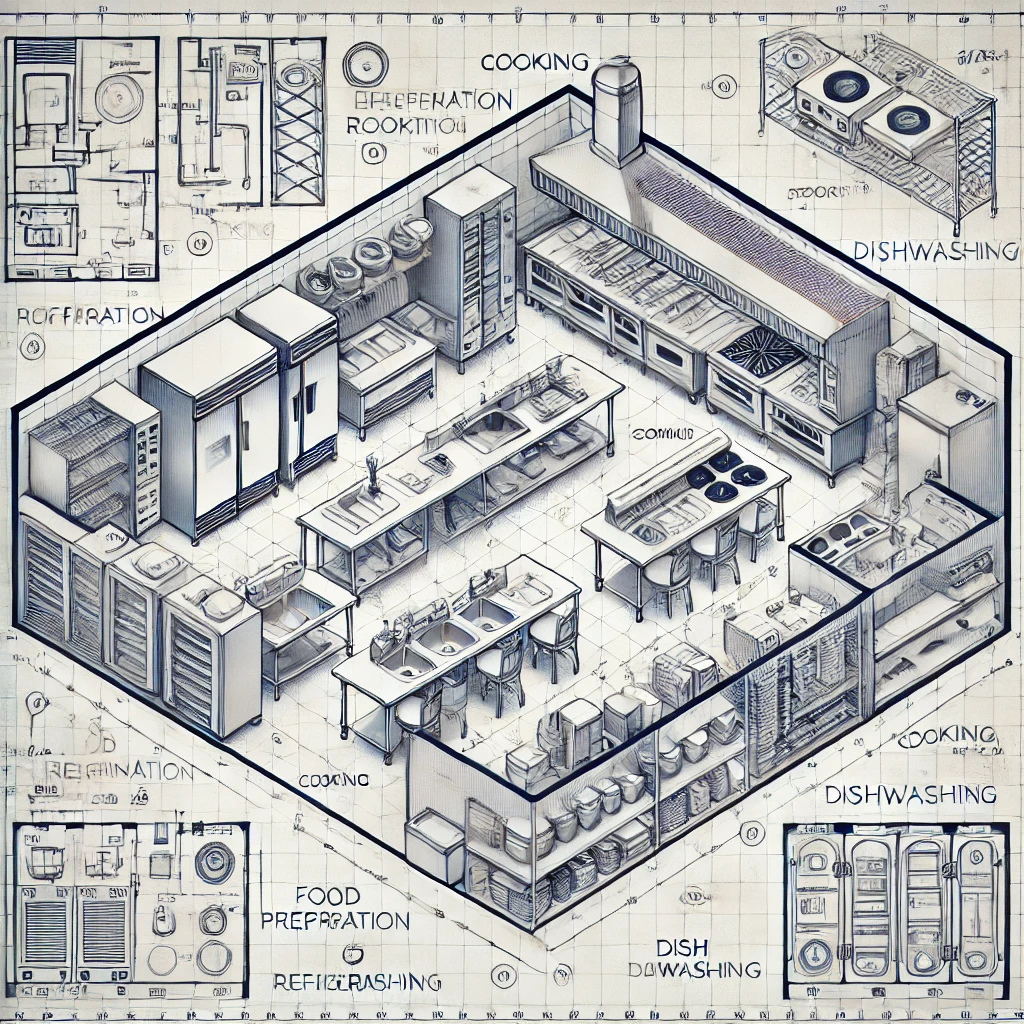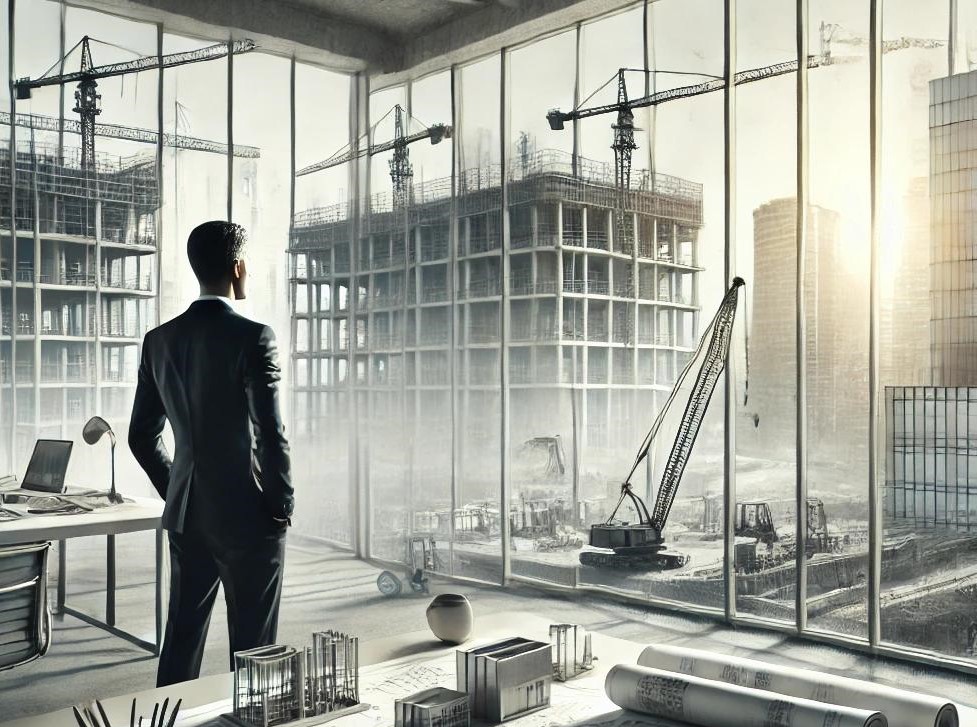
Designing a Restaurant with Your Mechanical Engineer
Designing a restaurant is an exciting yet complex process that requires seamless collaboration between architects, commercial kitchen designers, and mechanical engineers. By preparing key details before engaging a mechanical engineer, architects can ensure a smoother and more efficient project. Here are the top three factors’ architects should consider to optimize the restaurant design process:
- Kitchen Layout and Equipment Selection
The kitchen is the heart of any restaurant, and its layout significantly impacts mechanical systems like HVAC, plumbing, and electrical. Mechanical engineers need to understand:
- The type of cooking equipment (e.g., gas or electric, fryers, grills, ovens, steamers).
- Physical size and type of exhaust hoods.
- Refrigeration equipment, such as reach in refrigerators, reach in freezers, walk-in coolers and freezers.
- Kitchen workflow and space allocation to optimize air circulation and heat management.
Having a preliminary kitchen layout with an equipment list allows mechanical engineers to design systems that ensure proper ventilation, maintain air quality, and comply with health and safety codes.
- Designing Within an Existing Space
Understanding the constraints of an existing space is crucial for an efficient design process. Architects should be prepared to answer key questions such as:
- Will this be a commercial kitchen or a warming kitchen?
- What type of kitchen hood is required (grease, steam, or both)?
- Is there an existing grease interceptor?
- Will mechanical and plumbing demolition drawings be necessary?
- Is the roof directly above the kitchen or are there other spaces above the kitchen area?
Providing this information upfront helps prevent unnecessary design revisions and additional fees, ensuring the final design meets operational and budgetary needs.
- Code Compliance and Local Regulations
Each municipality has specific codes governing restaurant mechanical systems. Before engaging a mechanical engineer, architects should familiarize themselves with:
- Energy efficiency requirements and sustainability goals.
- Required visual screens for new roof mounted equipment.
- Height restrictions for new roof mounted equipment.
Understanding these regulations and communicating them early helps streamline the design process, minimizing revisions and permitting delays.
Conclusion
By preparing these three key elements—kitchen layout and equipment selection, existing conditions, and code compliance—architects can facilitate a productive collaboration with mechanical engineers. Mechanical engineers play a crucial role in restaurant design, ensuring a comfortable and efficient space.
At Royal Engineering, we have extensive experience designing restaurant mechanical systems. When architects take the initiative to coordinate and ask the right questions, the process becomes seamless. Together, we can create restaurant spaces that enhance efficiency, maximize energy savings, and provide an optimal dining experience.

